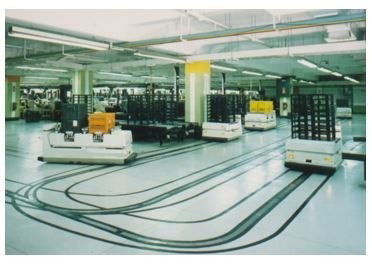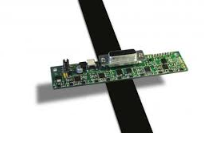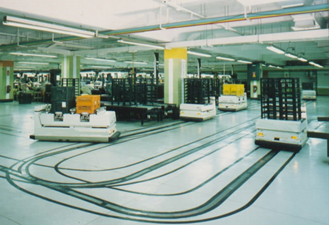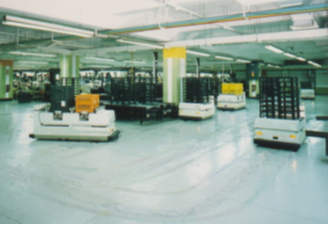Vaporline, Easy & Flexible Way to Upgrade Line Follower For Natural Feature Navigation. Patent GB1904550.9

Most Guided vehicles in operation today, still follow lines or buried wires on the floor. These are very easy to layout a route for a vehicle. The vehicle can be manufactured as a very simple differential drive device, with a “reader”, “looking” for the line and if the vehicle is drifting slightly off the line, a differential voltage is generated. This is fed to a simple speed controller which in turn increases or decreases the rotation rate of the wheels to bring the vehicle back onto the line.
With more modern technology, lines are becoming less desirable, however, the alternatives which are much more flexible, are not easy to setup.
Hence the creation of Vaporline. A temporary line is laid on the floor and a vehicle driven round all possible routes and branches. The range data from the vehicle safety scanner(s) is collected and logged to create a map of the environment. This will be used as a “teach and repeat” operation so that the addition of a small controller PCB.
Now the lines can be removed and the vehicle can repeat the paths taken by matching the live data to the stored map (as natural feature navigation works). However, the positional coordinates being created, are turned into differential voltage outputs, to create the movement feedback that the existing vehicle needs. Hence the simplicity of a line follower and ease of set up, but with the flexibility of adjusting vehicle paths in software without their being a real line on the floor at all.
More importantly no development work on the existing vehicle, it remains the same.


